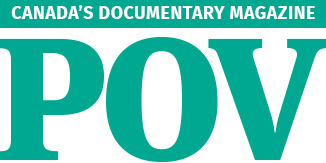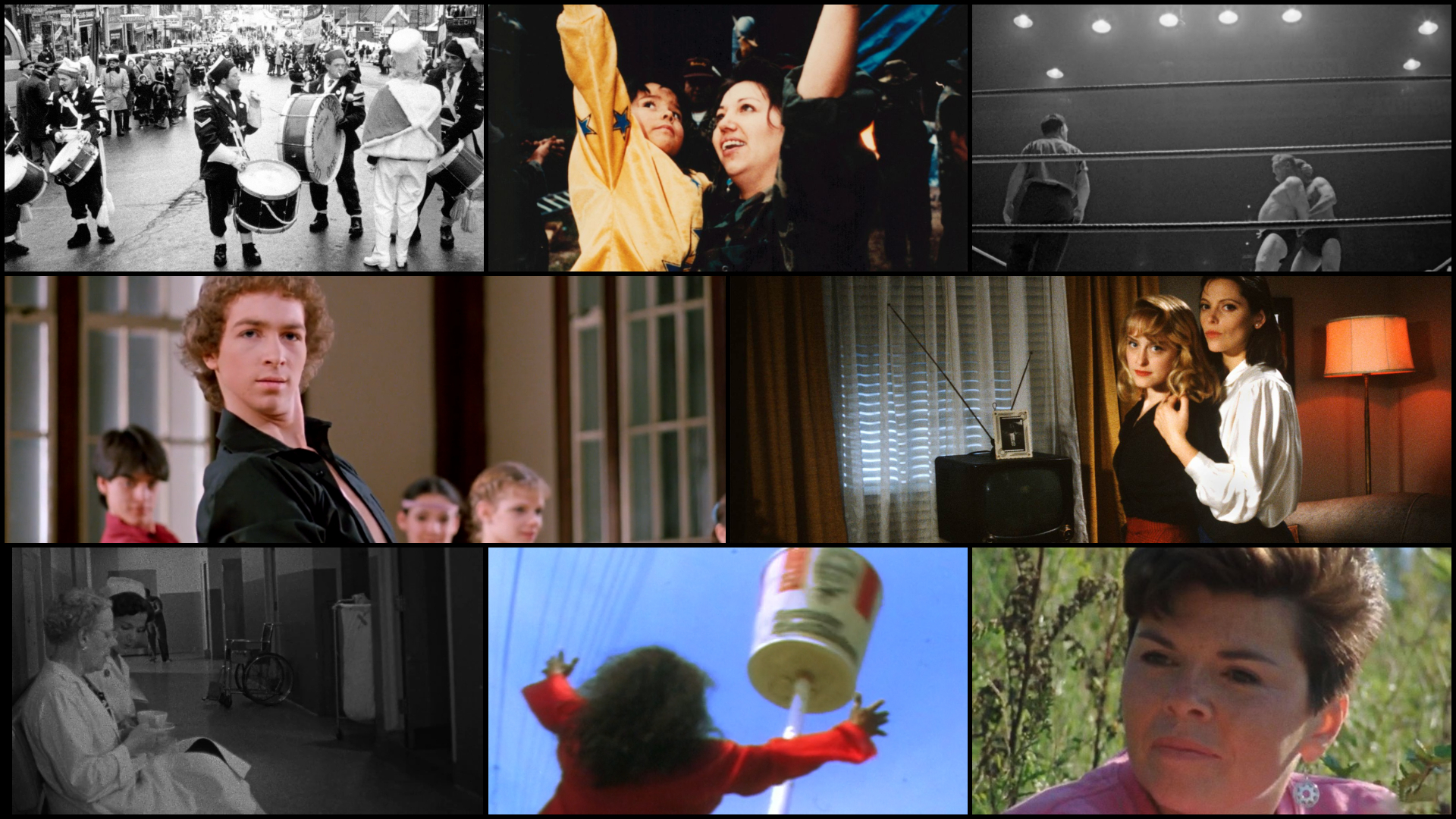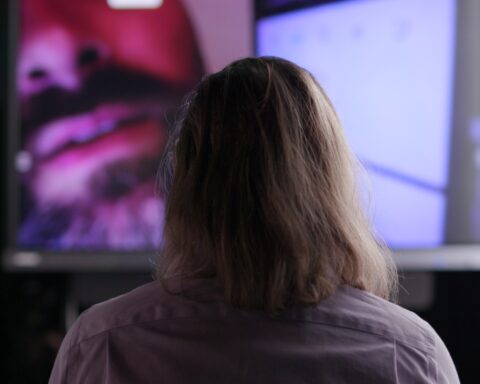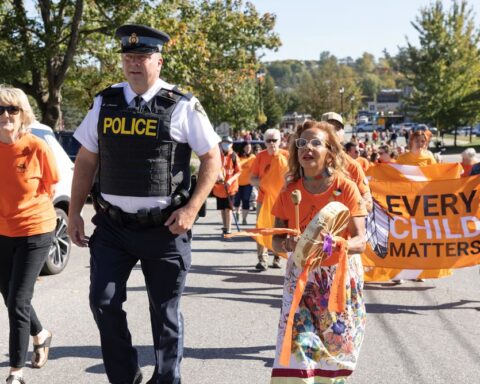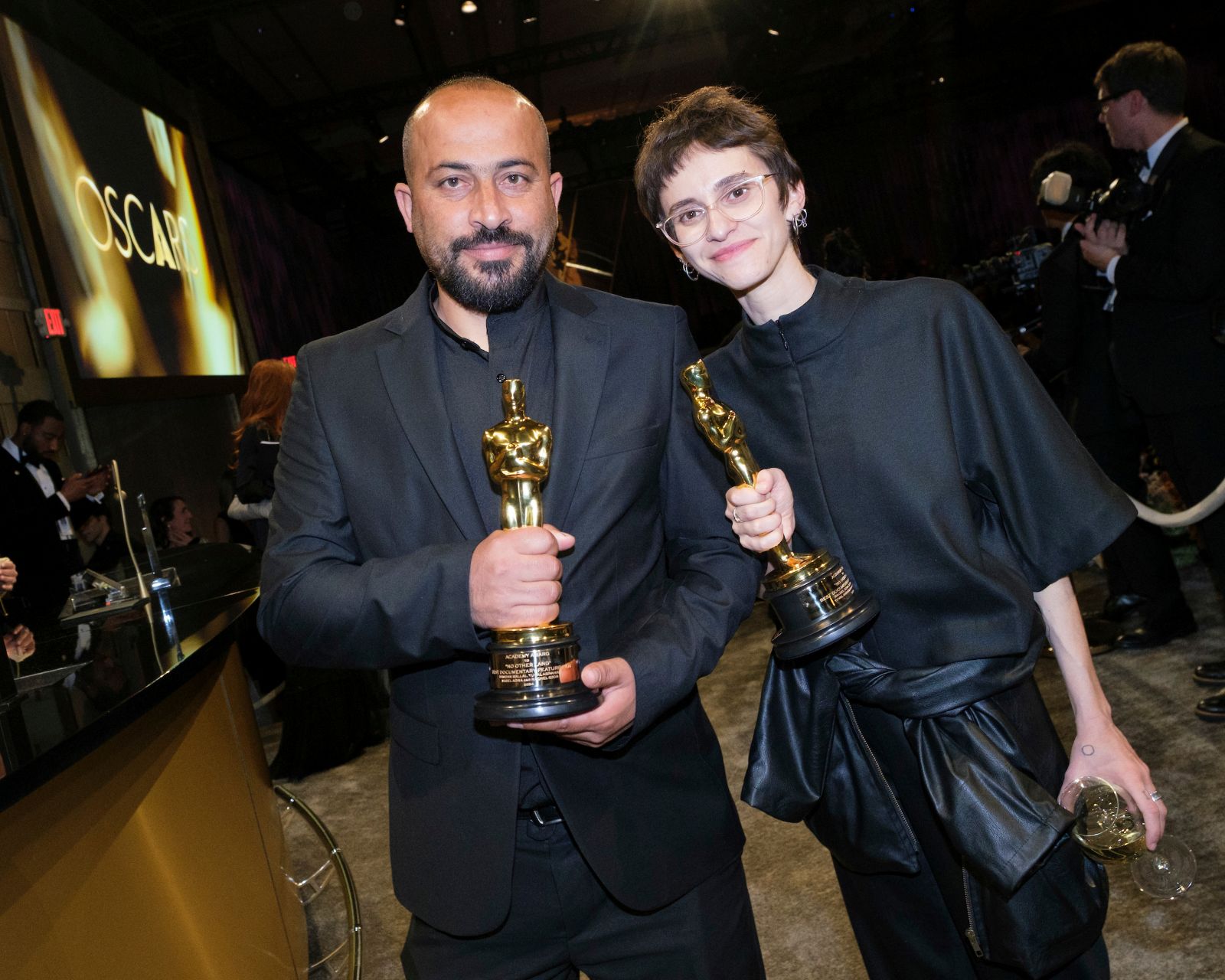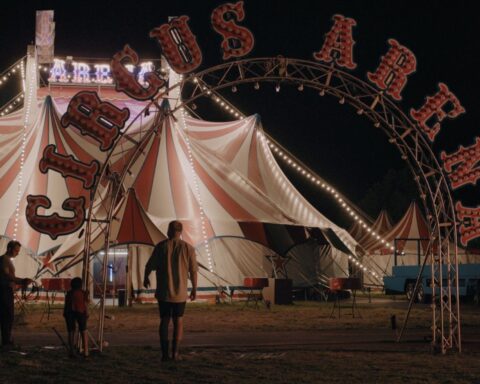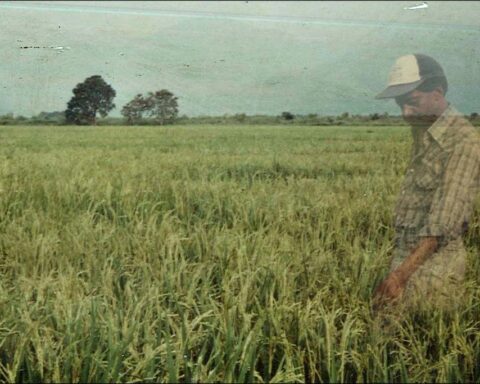There’s been a lot of talk lately about the National Film Board/Office national du film de Canada (NFB/ONF). Is it still relevant to our national culture? Should it continue to exist and, if so, why? The organization gets approximately $66 million a year, which isn’t enough to balance its books since its fiscally draining move to downtown Montreal in 2019—a decision that was perhaps decades too late.
Will a new regime under the guidance of Mme. Suzanne Guèvremont activate the organisation again? She already had to eliminate 55 jobs in April 2024, which represented 14% of its workforce. Executive producers were fired in Edmonton and Halifax, leaving a once robust regional system diminished, with executives only in place in Vancouver, Toronto, and Montreal. The interactive studios, which have produced outstanding VR work—though rarely seen outside festivals—have been shuttered.
What’s left? Can the institution be re-imagined?
This writer—a veteran who has, on occasion, worked at the Board—still feels that the NFB/ONF deserves a chance to turn things around. The thing to do, in my opinion, is to get back to the NFB/ONF’s roots. What has the institution done best over the years? Represent Canada—as its founder, John Grierson, always intended. Let’s take a look back to this country’s past and what the NFB/ONF contributed to making Canada the place it is today. And then, perhaps, we can imagine its future.
Churchill’s Island, Stuart Legg, provided by the National Film Board of Canada
Canada in 1939
When the Film Board was created in the spring of 1939, Canada was struggling to assert its identity in a world that was about to be plunged into a devastating global war. The Prime Minister, Mackenzie King, hired a feisty Scottish film producer, Grierson, to be “the eyes of Canada” through a governmental film agency that would produce documentaries called the National Film Board (NFB). Grierson added animation in 1941 to the initially envisioned mix of documentaries and newsreels but never forgot that his mission was to “see Canada and see it whole: its people and its purpose.”
Grierson spent the war years creating propaganda for the Allies against the Nazis but his work was more complex than just that. He travelled the nation searching for talent since this country had produced precious few artists and was, in comparison to Europe or the United States, bereft of a film culture. While developing young Canadian talents like Colin Low and James Beveridge, Grierson brought in such filmmakers from the UK as Norman McLaren, Stuart Legg, and Raymond Spottiswoode to bolster production. Canada was still a cultural colony of the British Empire and the country, though democratic, was clearly oriented towards white, heterosexual Anglo males, who interpreted Canada for themselves and, they thought, for everyone else.
The Film Board made its first Oscar winner during the War Years: Churchill’s Island (1941), a hearty tribute to the Brits fighting the Germans during the Blitz. The Board also made quieter films set in Canada, the most moving being Listen to the Prairies (1945), a glorious look at Manitoba teens singing and playing classical music even in the midst of war.
The NFB moves to Montreal and adopts French culture as a partner
By the Fifties, Canada finally began embracing its own society as a nation independent from the declining British imperial order. It was time to assert itself and the Film Board, which had produced great work in makeshift buildings in Ottawa, was able to make its case to create a vast state-of-the-art studio in Montreal, Canada’s most influential cultural metropolis at the time.
La lutte, Michel Brault, Marcel Carrière, Claude Fournier & Claude Jutra, provided by the National Film Board of Canada
In this key period for Canada, a mature appreciation of French culture began to take root, politically and culturally. The Film Board hired Pierre Juneau in 1949, and by the early Fifties, Juneau began to advocate for a French production unit at the Board. With the move to Montreal, completed in 1956, more and more young Quebecois talents were hired: Michel Brault, Gilles Groulx, Claude Jutra, Pierre Perrault, Jacques Godbout—the list is long and distinguished.
At first, many of these brilliant up-and-and-comers worked as technicians for established Anglo directors but things began to shift in the late 1950s and early ‘60s with such extraordinary short cinema-verité docs as Les raquetteurs (1958) and La lutte (1961), which led to the award-winning documentary feature Pour la suite du monde (1963). These films brilliantly depicted life in small towns that still enjoyed snowshoeing as a sport, cities like Montreal which embraced the showmanship of wrestling and isolated communities on the St. Lawrence River where capturing a whale could galvanize an entire island. By 1964, the NFB showed its acceptance by becoming the ONF (Office national du film), finally organizing a French production unit run by Juneau.
The movement of the Film Board from an officially bilingual institution that was really run by Anglos to a genuinely inclusive organization, which accepted French filmmakers and administrators as partners, mirrors that of the country at that time. Politically, the rise of Pierre Trudeau to becoming the nation’s prime minister in 1968 capped this period of maturation and mutual acceptance. Juneau continued to exert a major influence on the country’s media, becoming the first head of the Canadian Radio and Television Commission (CRTC), a federal Minister of Communications under his old friend Trudeau and, eventually, president of the CBC. Thanks to Juneau, the NFB/ONF was in the forefront of building a strong French presence in Canada through film and other cultural expressions.
Studio D and the rise of feminism in Canada
Studio D was a genuine breakthrough in filmmaking and feminism. Worldwide, it was the first all-woman production unit run by a national institution. With the rights of women being threatened in recent years, it’s important to recognize what the studio accomplished in a mere 22 years. From 1974 to 1996, Studio D produced 131 films, three of which won Oscars, and nearly half of which—56 titles—garnered an impressive 133 awards across the globe. Before considering the artistic, political, and social merits of some of the finest films made by the Studio, let’s consider where women’s rights were at in Canada in the early Seventies.
Flamenco at 5:15, Cynthia Scott, provided by the National Film Board of Canada
The rise of second-wave feminism in the Sixties began to build momentum in support of greater equality between the sexes. It was only after the results of the 1967 Royal Commission on the Status of Women in Canada was released in 1970 that such issues as pay equity, birth control and abortion rights, education, access to managerial positions, and alimony started to be addressed. 1971 was the first year that the Federal government appointed a Minister on the Status of Women.
So, the creation of Studio D was a bold move by the Board. Although there was always controversy about its status among some conservative members of the institution, Studio D quieted criticism by producing hit after hit. The three Academy Award winners give a sense of the range of films being made at the Studio. Terre Nash’s If You Love This Planet (1982) featured the voice of Dr. Helen Caldicott, a prominent anti-nuclear activist, incisively giving the reasons why the use of atomic and hydrogen bombs was an atrocity and didn’t prevent wars. Denounced as political propaganda by the Reagan U.S. government, the film’s Oscar flew in the face of the country’s right wing. It is a perfect culmination of the pacifist movement.
Another Oscar winner, Beverly Shaffer’s I’ll Find a Way (1977) is a touching portrait of a brave nine-year-old girl who suffers from spina bifida, a spinal disorder which affects mobility and can have devastating consequences. Eminently humanistic, the film emphasizes the optimism of the young woman and her eagerness to be successful in life. Like many of Studio D’s films, the focus is on women who cope with difficult situations; in its way, Shaffer’s doc is quietly political. The third of the Academy Award winners, Cynthia Scott’s Flamenco at 5:15 (1983) is a beautifully made art documentary, which shows two Spanish dancers teaching a master class on how to perform the gorgeous choreographed movements they have made their own. It may not be political but it is a testament to the high standards of filmmaking at the Board in that era.
I’ll Find a Way, Beverly Shaffer, provided by the National Film Board of Canada
Studio D was founded by Kathleen Shannon, who, like Quebecois filmmaker Michel Brault, started her career at the Board as an editor. She fought hard to make Studio D happen and Shannon is still spoken of with great respect and admiration by the filmmakers who worked with her. By the time she left the Board in 1986, she had received the Order of Canada. In her career, Shannon worked to extend the rights and voices of women throughout Canada and the world.
LGBTQIA+ starts here
The Board was in the forefront of what was then called the gay liberation movement, producing films like the charmingly coded A Chairy Tale (1957), directed by Norman McLaren and starring Claude Jutra as a young man trying to seduce a chair into letting him sit on it. More overt is the doc hybrid satire Passiflora (1985), which takes concurrent visits to Montreal by the Pope and Michael Jackson as an opportunity to play with the iconography of Catholicism in the mid-’80s. Through Studio D, a couple of films discussed lesbianism, Some American Feminists (1977) and the literary Firewords (1986). But there was one film that crossed over into cult popularity and showed the Board at its transgressive best: Forbidden Love (1992).
Passiflora, Fernand Bélanger & Dagmar Gueissaz-Teufel, provided by the National Film Board of Canada
Once again, the Film Board showed itself as a progressive cultural organization, financing and producing a brilliant film that extolled an LGBTQIA+ sensibility more than 30 years ago. Lynne Fernie and Aerlynn Weissman crafted in Forbidden Love an innovative doc hybrid which moved seamlessly between a fictionalized, almost campy, lesbian romance and an investigation into what it was like to be a gay woman in the Fifties—not so great—and an incisive look at the phenomenon of tawdry paperback “romance” novels depicting same-sex couplings.
Fernie and Weissman’s film was a true crossover hit: funny, queer, a “weird” hybrid, and very sexy. No one else would have produced it in Canada. Perhaps that’s what the Board’s mandate should be: making films that no one else has the nerve to make.
Documenting diverse experiences
The NFB/ONF hired its first Black filmmaker back in the 1950s, when segregation in the American South was still so blatant that Black people weren’t allowed to sit in the front seats of buses in many cities. William Greaves was an immensely gifted artist. Initially an actor in the U.S., he moved to the less racist environment of Montreal, where he worked at the Board as an editor and writer before becoming the director of Emergency Ward (1959), a gritty verité look at daily operations at the Montreal General Hospital. Having achieved recognition in Canada, Greaves returned as a director to the U.S., where he won an Emmy and had a long and distinguished career.
Emergency Ward, William Greaves, provided by the National Film Board of Canada
After Greaves, the NFB/ONF embarked on a haphazard approach towards working with Black directors, neither fomenting nor denying them entry into the NFB family. Jennifer Hodge and Roger McTair made a significant film, Home Feeling: Struggle for a Community, (1983) about Toronto’s troubled Jane-Finch corridor. From Nova Scotia, Sylvia D. Hamilton launched New Initiatives in Film at Studio D in 1990, which worked towards employing women of colour and Indigenous women at the Board. Just a year earlier, Hamilton and Claire Prieto had made Black Mother Black Daughter (1989), an empowering look at Black women in the Atlantic region.
Unashamedly pluralistic, Studio D was open to all modes of expression from diverse filmmakers. Indigenous director Carol Geddes made a film there—Doctor, Lawyer, Indian Chief (1986)—and so did Asian-Canadian Ann Marie Fleming with New Shoes (1990) and Black Canadian writer-filmmaker Dionne Brand (Sisters in the Struggle, 1991 [directed with Ginny Stikeman]).
As Canada changed, the Board continued to lead the way. Working with the CBC, Reel Diversity was created in the early 2000s as a competition that would bring young artists from different backgrounds into filmmaking. An early success was Film Club (2001) by Sri Lankan- Indian-Canadian Cyrus Sundar Singh, a musician who morphed into a documentarian with this award-winning short, which looked at his grade-school class of budding cineastes to discover what happened to the first children of Trudeau’s embrace of multiculturalism.
Film Club, Cyrus Sundar Singh, provided by the National Film Board of Canada
Thanks to Reel Diversity and a progressive attitude at the Board, which pushed forward a far more inclusive agenda, many filmmakers had their careers launched or greatly enhanced. Among them are Jennifer Holness, Charles Officer, Sudz Sutherland, Mina Shum, Ann Marie Fleming, Zarqa Nawaz, and Yung Chang.
Indigenous voices
The Canadian government has always had a problematic relationship to Indigenous peoples of this land. The NFB/ONF mirrors the confusion of its sponsor, with many attempts to do the right thing thwarted by mistakes, starting with the creation of the Indian Film Crew in 1968. The naivety of the project began with the idea that young Indigenous artists from many tribes across Canada would speak with one voice. Nonetheless, the Crew—or members of it—did have successes, especially Willie Dunn’s The Ballad of Crowfoot (1968), a bitter and moving account of Indigenous history created as a ballad with a montage of images, which can claim to be the first North American music video.
Doctor, Lawyer, Indian Chief, Carol Geddes, provided by the National Film Board of Canada
The true breakthrough was the hiring of Alanis Obomsawin, who started off as a singer and model, but matured into being one of the finest documentarians in the world. Obomsawin had to fight for years to get her chance to make documentaries at the Board but, in the end, it paid off for her and the Board. Her courageous behind-the-scenes account of the 1990 Oka crisis, Kanehsatake: 270 Years of Resistance (1993), in which Mohawks defend an ancient burial ground from being turned into a golf course under siege by the Quebec provincial police and the RCMP, is a masterpiece of activist cinema.
Still working at the Board and now over 90, Obomsawin has seen the recognition of Indigenous people transform the cultural conversation in Canada in the last few years. Obomsawin often says that she never expected to see such a change in Canada—but it is thanks to her and many of her friends in education, politics, and film that it is finally happening.
Whither the Film Board?
Can the NFB/ONF learn from its own distinguished, if somewhat problematic, past and help to lead the country into a progressive future? Looking back, the Board made important contributions to the national discourse with French, Indigenous, feminist, LGBTQIA+, Black, Asian, and other diverse filmmakers. What could it bring to the country’s future?
Canada is an active member of the global economic system and aspires to punch above its weight through technical innovations and political stability. Wouldn’t it serve the national interest to add a cultural element to the mix?
Kanehsatake 270 Years of Resistance (Mohawk Version), Alanis Obomsawin, provided by the National Film Board of Canada
In my vision of the future NFB/ONF, filmmakers from all of the communities that make Canada great would create documentaries using every technique—animation, AI, photo and archival footage, montage and VR imagery. The mandate for the Board would be to work with filmmakers from across the country to articulate their understanding of where we are now and how we can change to make Canada and the world a better place to live in. Corporate malfeasance, climate change, disinformation, media abuse, sexism, racism—all the issues that motivate people to make documentaries would be addressed in artistically rendered non-fiction films.
A governmental entity dedicated to creating the best in Canada through film is a concept worth defending. It’s worth our effort to give a revitalized NFB/ONF the opportunity to interpret—and imagine—Canada for ourselves and the world. Let’s not let the NFB/ONF wither away.

